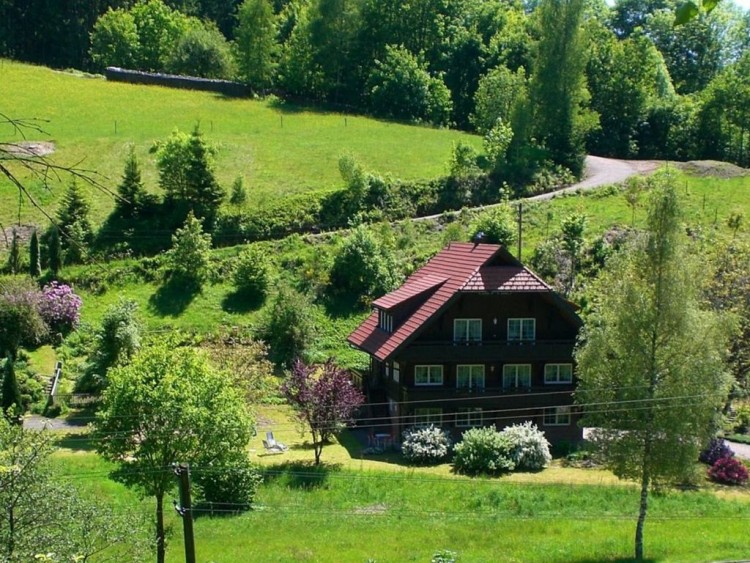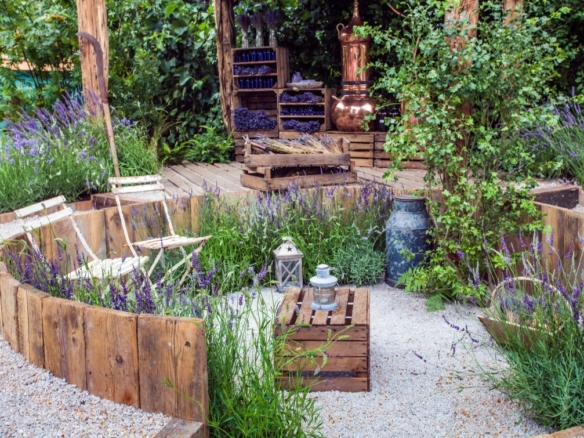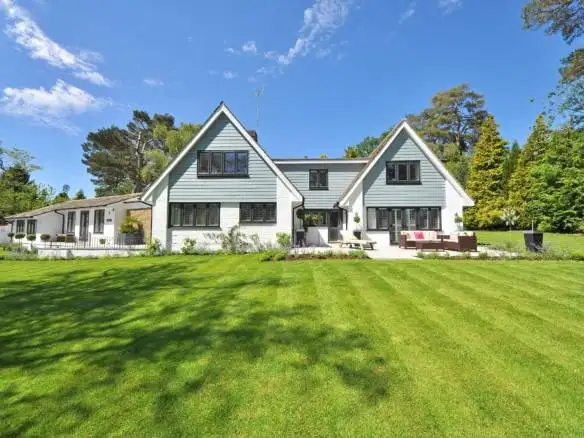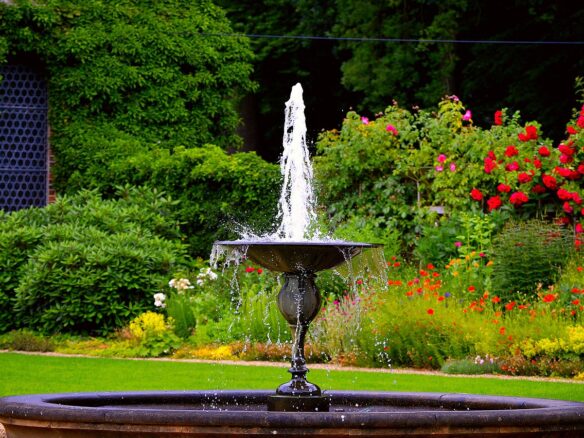
When it comes to landscaping, tree selection and placement are essential decisions that demand careful deliberation. The economic, social and environmental benefits of trees are undeniable, but a decision in haste when landscaping with them can lead to a lifetime of regret. A tree can make your yard more appealing and improve your property value, or it can create decades of trouble by steadily dropping bothersome leaves, sticks, and fruit.
Picking a tree from hundreds of species available can be overwhelming if you do not know exactly what you want. Conduct proper research before heading out to the nursery. Here are a few pointers to help you pick out a tree that will be an asset for generations.
The function of the tree
The most important factor to consider while selecting a tree is its intended function. The intended purpose might be anything from providing shade from direct sunlight to attracting birds and other friendly wildlife. If for example, you want a shade tree, its mature size should correlate to the size of your building. A 50-foot tall tree is enough to shade a patio, but for a large building, you will need a tree that grows up to 60-feet tall.
A tree could also serve multiple functions. Look for a tree that can add beauty to your landscape with its flowers, screen your home from nosey neighbors and produce edible fruit.
Placement of the tree
The tree you plant will most likely outlive you, so you do not want future generations to find its positioning inconvenient. Perform a site analysis considering elements like your home architecture, distance from property lines and sun and wind patterns. Your landscape should accent your home architecture and should not be a liability to the public or neighbors. Envision your tree’s growth in 5, 10 and 25 years and select a location that will make it an asset throughout its growth.
Form and size of the tree
Selecting the shape and size that will complement the tree’s desired function can significantly increase its value by keeping maintenance costs at a minimum. A low spreading tree is better suited for yards with overhead power lines while a large evergreen tree is an ideal screen between two buildings.
Debris
The type and amount of debris a tree drops can affect how you use your backyard. Some trees shed their leaves in fall while others drop fruits or seed pods. If the droppings comprise thorns and branches that are uncomfortable to walk on or if their rate of accumulation is very high, you might need to keep Lawn Mowing Services on retainer. This negates the value of the tree.
The condition of the site
It is better to work with the existing conditions of your land rather than try to change them to accommodate a specific tree species. Site conditions determine the tree’s survival and how well it will fulfill its purpose. While analyzing your site’s conditions, take into account the soil composition, light and water availability, space and insect and disease threat. Choose a tree that will thrive in these conditions.



